A ground loop is an undesirable current path in an electrical circuit. Ground loops occur whenever the ground conductor of an electrical system is connected to the ground plane at multiple points.
Not only can ground loops induce noise in instrument signal cables, but in severe cases it can even overheat the instrument signal cable and thus present a fire hazard!
The phenomenon of ground loops is illustrated in the schematic diagram below:
Causes of Ground Loops
There are several causes of ground loops in any instrumentation installation. Some of them are itemized below:
- Differences in potential between the points of the ground plane to which the ground terminals have been connected.
- Inductive coupling
- Capacitive coupling
- Use of internally grounded instruments inside an already grounded loop
- Cable shields grounded at both ends
- Grounded thermocouples with non-isolated transducers
- Four wire transmitters used as input to a receiver instrument grounded to a different ground connection
There are several methods of curbing ground loops that introduces undesirable noise voltage into instrument signal cables.
However, two of the most effective methods of reducing ground loops are:
- Single Point grounding
- Use of Differential Inputs
Single point grounding involves grounding the instrumentation installation at a single point. This approach significantly reduces the noise voltage generated due to ground loops from multiple grounding points.
Differential inputs are used to cancel out the noise voltage that may appear in the instrumentation circuit.
One very effective way to completely isolate an instrumentation system from ground loops is to use battery powered instruments. However because of the limited life of a battery, they are seldom used.
Impedance Coupling (or Conductance Coupling)
Where two or more electrical circuits share common conductors, there can be some coupling between the different circuits.
When the signal current from one circuit proceeds back along the common conductor, it produces an error voltage along the return bus, which affects the other signals. The error voltage is due to the impedance in the return wire.
One way to reduce the effects of impedance coupling is to minimize the impedance of the return wire.
The second solution is to avoid any contact between the circuits and to use separate returns for each individual circuit.
Inductive Coupling
When a wire carries an electrical current it produces a magnetic field; if this wire is in the vicinity of another wire also carrying electrical current or signal, the magnetic field they produce interact with one another resulting in noise voltage being induced in the wires.
This is the principle through which inductive coupling takes place in instrumentation signal cable wiring
As we already know, Inductance is a property intrinsic to any conductor, whereby energy is stored in the magnetic field formed by current through the wire.
Mutual inductance existing between parallel wires forms a bridge. whereby an AC current through one wire is able to induce an AC voltage along the length of another wire.
This become even more pronounced if we have power cables and instrument signal cables going through the same duct or conduit.
A simple way to reduce inductive signal coupling is to simply separate conductors carrying incompatible signals.
This is why electrical power conductors and instrument signal cables are almost never found in the same conduit or in the same duct work together.
The most practical method of reducing inductive coupling and granting magnetic field immunity to instrument signal wires is to twist a pair of wires rather than allow them to lie along parallel straight lines. This greatly reduces the effects of electromagnetic induction.
Electromagnetic induction is reduced because when the wires are twisted so as to create a series of loops instead of one large loop, the inductive effects of the external magnetic field tend to cancel out thereby reducing the induced noise voltage on the instrument signal wires due to the external magnetic field.
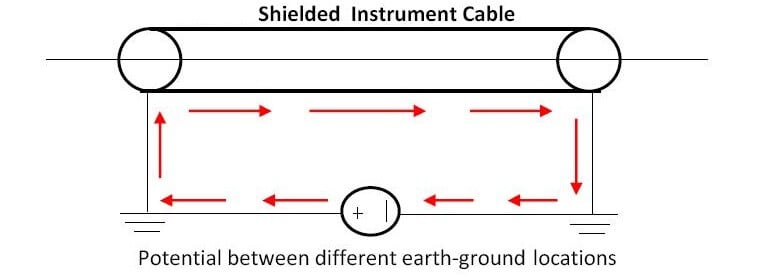
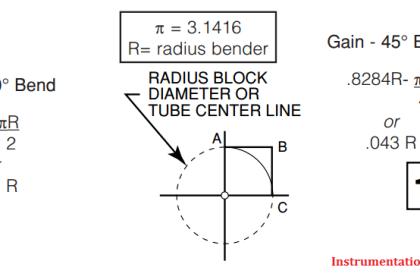
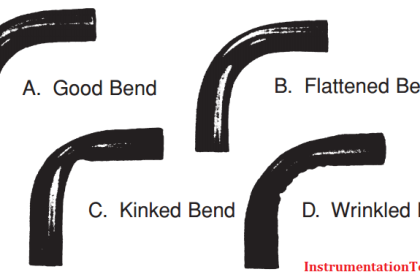
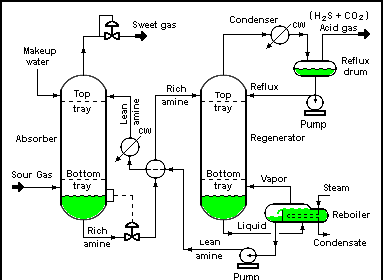
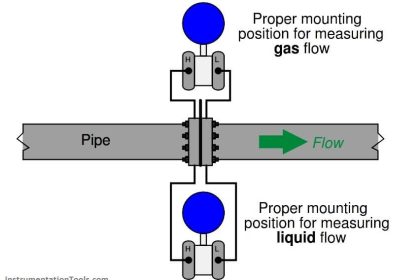
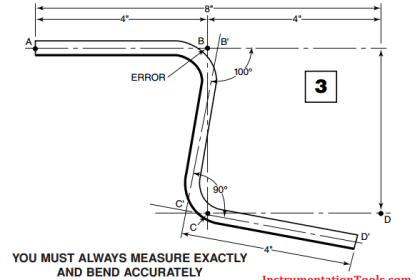
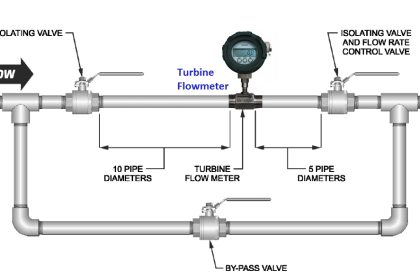
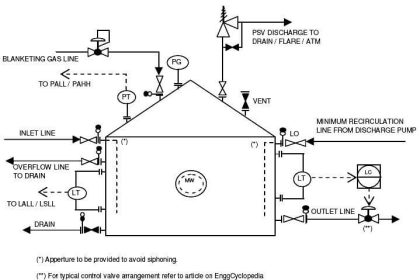

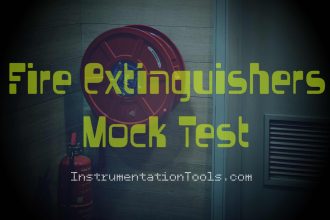



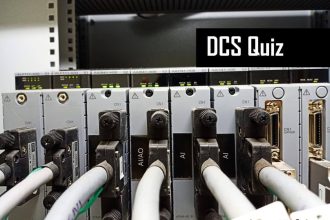
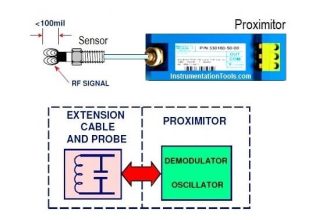
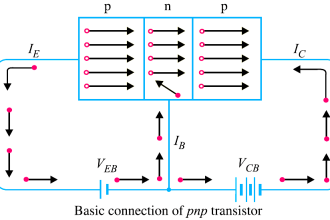
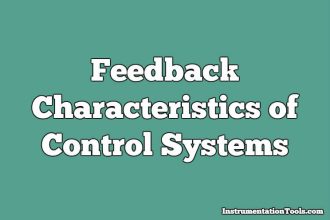

Very helpful!